February 2023 Update
Ashley Nichols - Feb 09, 2023
February leads in with an interesting start to the markets - the bear still hasn't come but the bull keeps faltering. We are watching for our sideways trading indicators, but we could still be another year or two off.

Money is a tool. It's something that supports your life!
The winners for December 2022's Photo Contest has been announced! Congratulations! Our winners will treat themselves to a $100 gift card of a restaurant of their choosing.

Stay tuned for March's Blog Post for your next chance to win!
Our Portfolio
**Hopefully everyone has a chance to listen to our January podcast. A new episode will be available soon!**
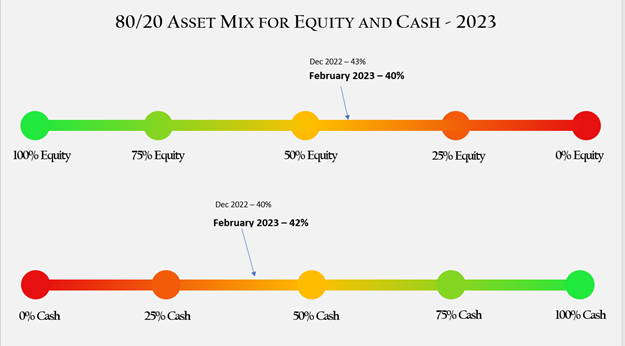
During the month we made 4 trades. We sold Waste Connections and Microsoft and bought a small position in Apple and the Sprott Uranium Trust.
90% of our holdings not only pay dividends but have been growing their dividends.
Our cash is currently yielding 4.5%, our bonds 3.15% and our stocks 2.58%
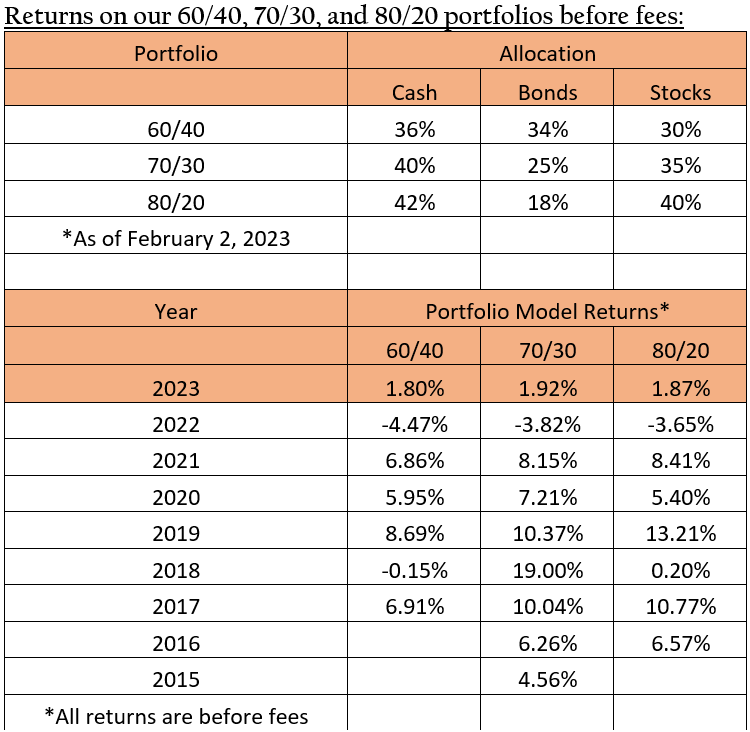
Portfolio Analytics
The following chart shows various analytics on our portfolio. We have almost half the volatility in our portfolio than does the markets, our maximum draw down is 16 percent vs the markets at over 30% and double the Alpha and Sharpe ratios than the markets.

Why is decreasing portfolio volatility so important?
We all know that stocks are the best investment you can own over the long run. The problem is that our primal responses of fight and flight are triggered during periods of large volatility. If we are able to decrease volatility in your portfolio, we are able to decrease your primal emotional response to either buy or sell at the wrong times. The worst investment decisions occur when our emotional side takes over. Research has shown that when most investors portfolios drop more than 25% they sell and do not get back in. Most investors fail not because they are not intelligent, but because they are not able to control their emotions. Controlling volatility = controlling emotion = better investment decisions = better long term results.
Interesting Charts
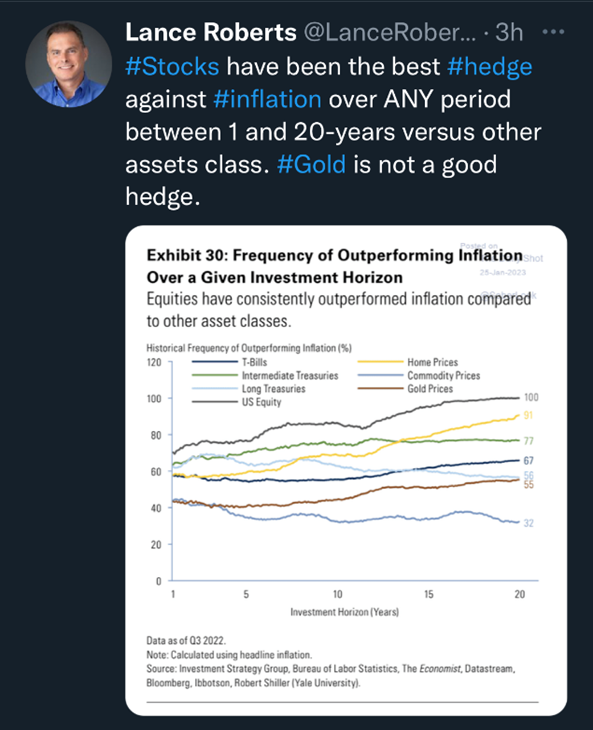
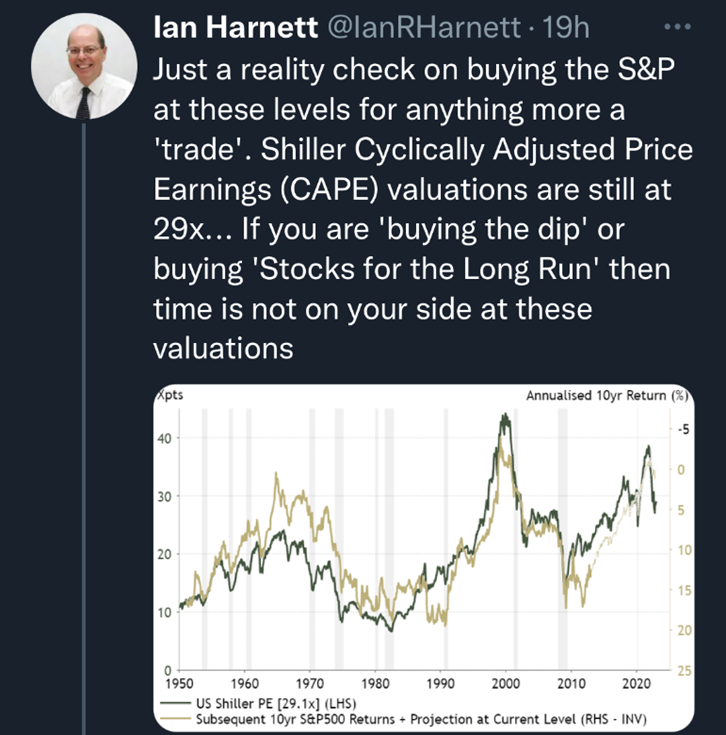
Piper Sandler Expectations
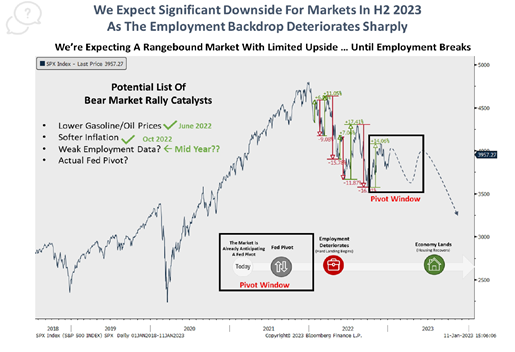
The current environment resembles the summer of 2000, when bond yields move down, as the Fed stop tightening, and NASDAQ rallied 35%. Today the stay at home bubble stock index is up over 40%, but is still down 36% below it's November 2021 peak period. And back in 2000, as the Fed tightening finally hit EPS, both the NASDAQ and the S&P 500 got slammed as the overall economy fell into a recession.
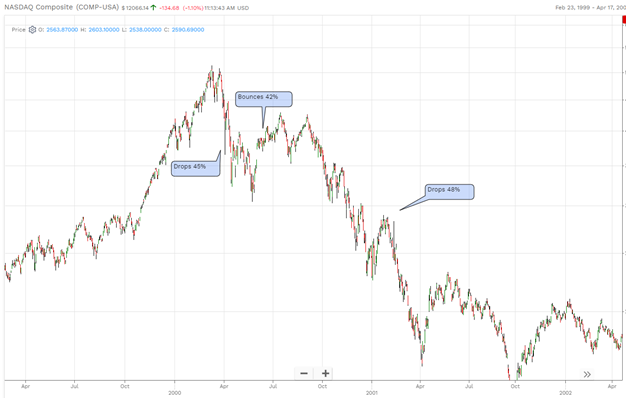
Where we think we are:
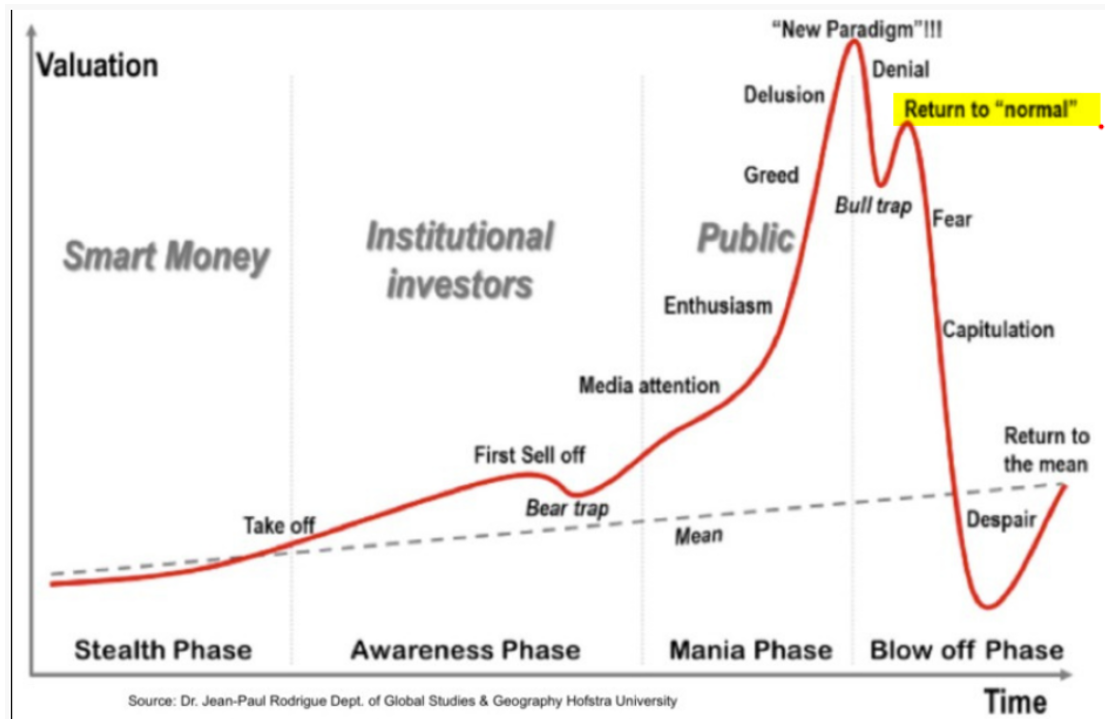
Technical Comments
https://www.brookstradingcourse.com/price-action-trading-blog/
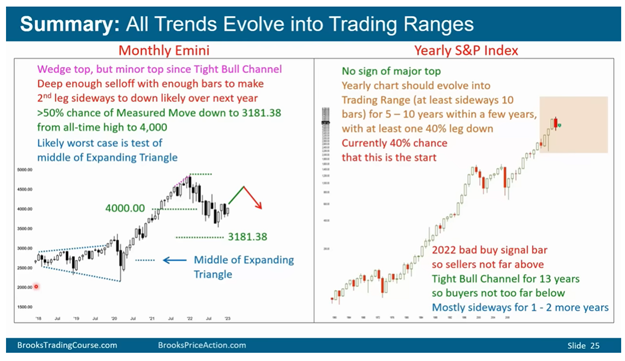
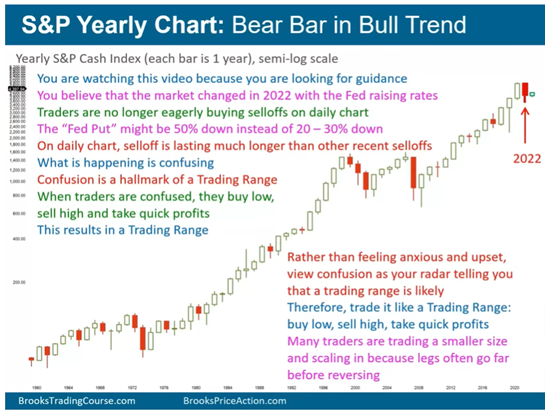
S&P Yearly Chart: Expect Eventual Trading Range
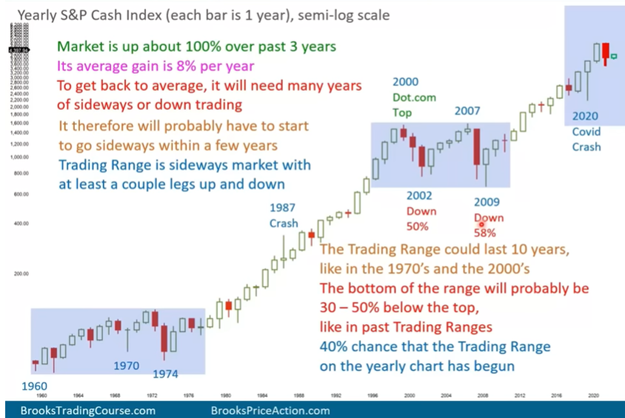
S&P Yearly Chart: Pause Due to Changes in Fundamentals
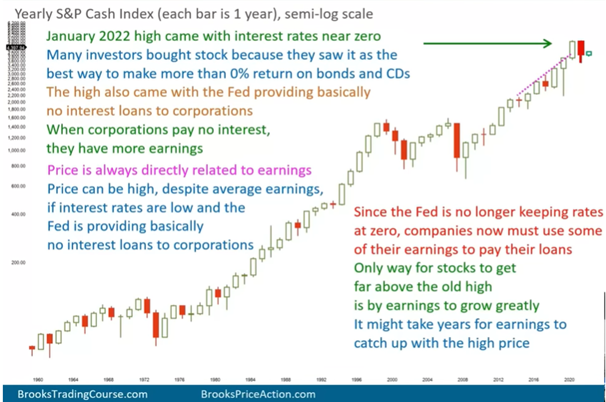
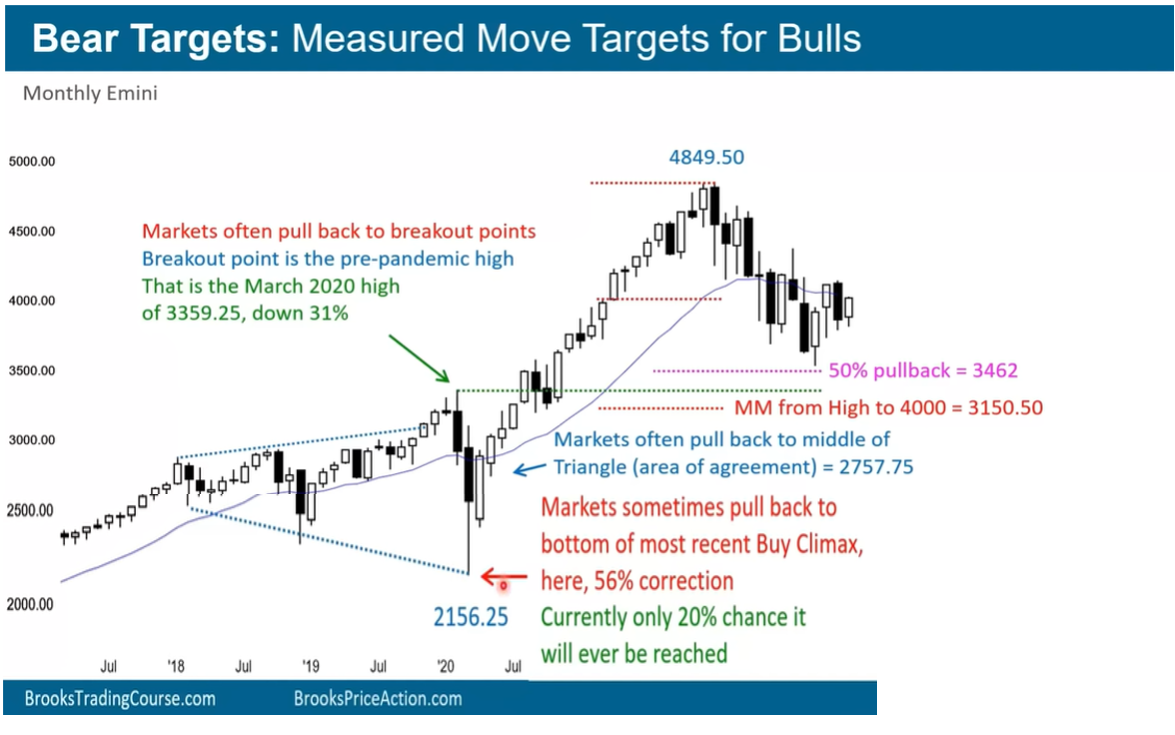
Millennial Minute
In a housing market that is too expensive, and interest rates that are too high, how on earth does one save for a home now? The answer: Maybe you don't need to own a home!
This month I go over the startling Debt Ratios home owners face today vs. 40 and 80 years ago, and why home ownership may need to be a thing of the past - at least for the foreseeable future.
Planning
Your one stop place for the most requested wealth planning facts and figures.
